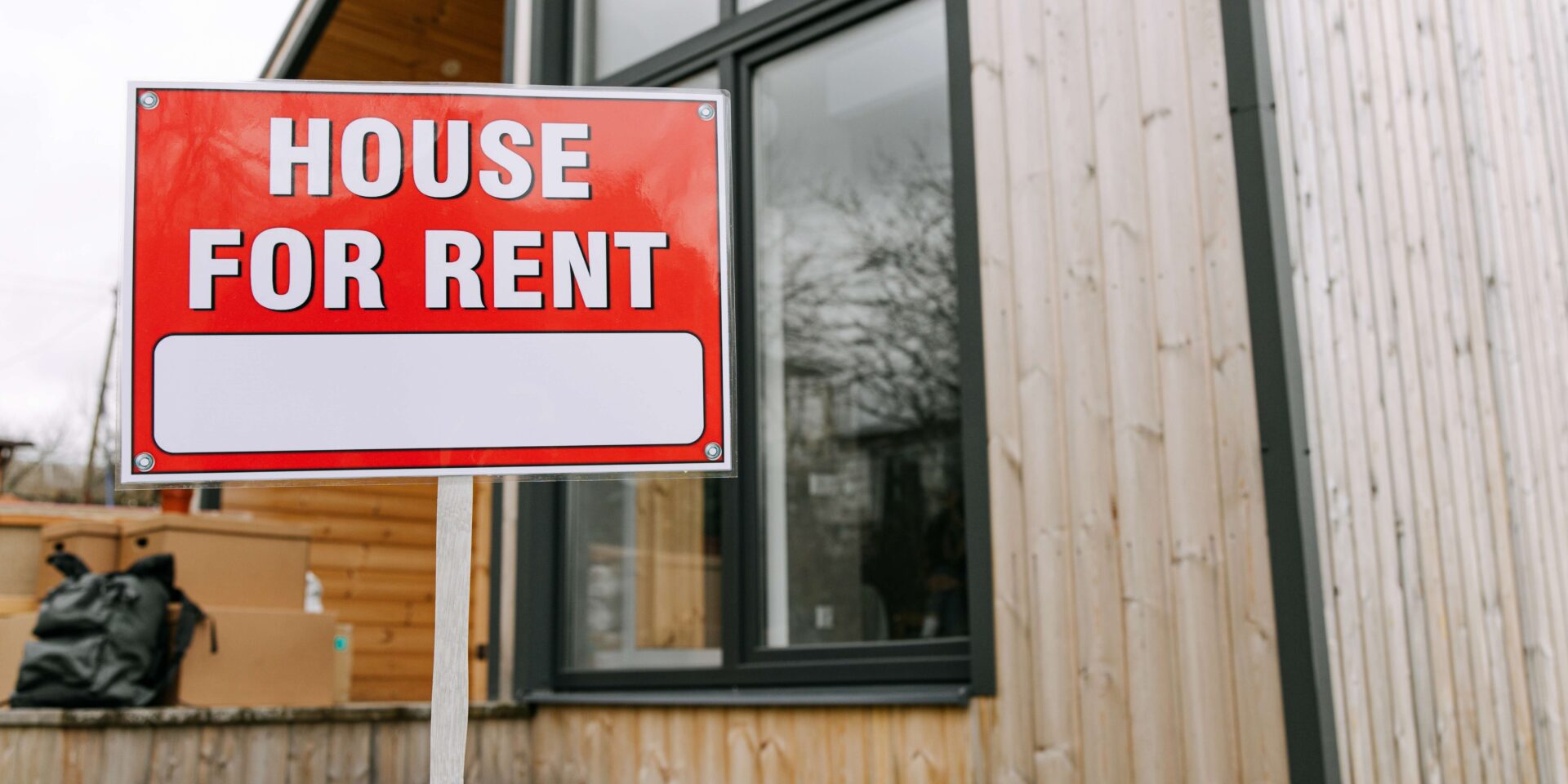Language:
Tax Deductions for Renting a Room in Your House

Renting out a room in your home can be an effective way to earn extra income and reduce the financial burden of maintaining a house or apartment. However, this new source of income brings with it certain legal and tax implications.
This article delves into the tax deductions you can get when you rent out a room in your home. We’ll go over the types of expenses that are deductible and show you how to claim these deductions on your tax return. Read on to learn how to maximize your tax benefits from renting out a room in your home.
Tax Deductions for Renting a Room in Your Home
Renting out a room in your home can provide additional income and offer the potential for various tax deductions. These deductions are designed to offset the costs associated with the portion of your home that’s being rented out.
Understanding what expenses qualify for these deductions is crucial for homeowners to report their income and expenses to tax authorities accurately. To help clarify this, we will break down the specific types of allowable tax deductions when renting a room in your house.
Utilities
Utilities such as electricity, water, gas, and internet service are often prorated based on the area of the room rented out compared to the entire house. This means if the rented room constitutes 20% of your home’s total area, you can potentially deduct 20% of these utility bills. It’s important to keep detailed records of these expenses throughout the year for accurate tax reporting.
Repairs and Maintenance
Repairs and maintenance specifically for the rented room or areas used by the tenant can be fully deductible. This includes costs for painting, fixing windows, or repairing appliances. If the repair benefits the entire house (like a new roof), you can deduct a portion based on the rented space’s size versus the house’s total space.
Mortgage Interest and Property Taxes
Like utilities, a portion of mortgage interest and property taxes can be deducted. This deduction is based on the percentage of your home’s square footage that’s rented out. If you rent out a small part of your home, this might be a smaller deduction, but it can still add up over the year.
Depreciation
Depreciation on the portion of your home used for rental purposes is a significant deduction. This involves calculating the decline in the value of your property and allocating a portion of that to the rented space.
Expenses that Aren’t Tax Deductible
While there are many expenses that you can deduct when renting out a room in your house, it’s equally important to be aware of the costs that aren’t tax-deductible. This knowledge is essential to avoid mistakes on your tax returns and ensure compliance with tax laws. Below, we’ve outlined key expenses related to renting a part of your home.
Personal Living Expenses
Expenses purely for personal living and not directly linked to the rented room cannot be deducted. This includes costs related to areas of the home not shared with the tenant, such as personal bedroom expenses, personal groceries, or decorations for personal spaces. These costs are considered personal and don’t contribute to the rental activity.
Capital Improvements
Major renovations or improvements that increase the value of your property, like adding a new room or upgrading the entire kitchen, are not immediately deductible. These are considered capital improvements. While they’re not deductible in the year they’re made, they can potentially impact the basis of your property for depreciation or future sale calculations.
Homeowner’s Insurance and HOA Fees
Homeowner’s insurance and Homeowners Association (HOA) fees are a bit tricky. While a portion related to the rented space may be deductible, the personal portion of these expenses isn’t. It’s important to accurately divide these costs between rental and personal use, which can be complex and require professional advice.
Personal Time and Labor
If you spend personal time maintaining or repairing the rented space, your time and labor value isn’t deductible. While the materials and external labor costs are deductible, the time you personally spend on repairs or maintenance for the rental cannot be quantified as a deductible expense on your tax return.
Handy Tips for Enhancing Tax Deductions
If you’re looking for ways to maximize your deductions when renting out a room in your home, it’s important to be strategic and informed. With the right approach and understanding of tax rules, you can significantly increase your deductible expenses. Here are some handy tips to help you boost your tax deductions effectively.
Take Advantage of the 20% Pass-Through Deduction
The 20% pass-through deduction, established under the Tax Cuts and Jobs Act, allows landlords to deduct up to 20% of their net rental income from their taxes. This deduction applies to individuals who own a rental property as a sole proprietor, partner in a partnership, or S corporation shareholder.
It’s important to note that this deduction may have certain limitations based on your income and the nature of your rental activity, so it’s advisable to consult a tax professional to understand its applicability to your situation.
Accurately Divide Your Rental Costs
Dividing rental costs between personal use and rental use is key to maximizing deductions. For example, if you rent out a room that accounts for 25% of your home’s square footage, you can typically deduct 25% of shared expenses like utilities and maintenance. It’s crucial to measure the area accurately and allocate expenses based on this proportion. Accurate division ensures you claim the correct amount and comply with tax regulations.
Keep Proper Documentation
Maintaining thorough documentation is essential for supporting your tax deductions. This includes keeping receipts, contracts, bank statements, and records of expenses and income related to the rental. Proper documentation helps substantiate your claims in case of an audit and ensures you have a clear record of your rental business activities. It’s recommended to organize these documents systematically for easy retrieval during tax filing.
Check Your Eligibility for the Qualified Business Income Deduction (QBID)
The Qualified Business Income Deduction (QBID) offers a deduction of up to 20% for qualified business income, which can include income from rental properties. To be eligible, your rental activity must qualify as a business, which generally involves regular and continuous involvement in the activity. The specifics can be complex, and factors such as the type of property, number of properties, and hours spent in rental activities can impact eligibility. Consulting a tax professional is advised to determine if your rental qualifies for this deduction.
How to Report Rental Income and Deductions on Your Tax Return?
Reporting rental income and deductions on your tax return is essential for anyone who rents out a part of their home. Here’s a step-by-step guide to help you navigate this process:
1. Gather All Relevant Financial Records
Collect all financial documents related to your rental activity, including income received, utility bills, mortgage statements, repair and maintenance receipts, and any other relevant expenses.
2. Complete Schedule E (Form 1040)
Schedule E is the form used to report income and expenses from rental real estate. Fill in the property address and type of property. Report each rental property’s total rental income, expenses, and depreciation.
3. Report All Rental Income
Include the total rent received from tenants during the tax year. This includes advance rent and any other rental-related income.
4. Itemize Your Deductible Expenses
Categorize and list your expenses such as mortgage interest, property tax, operating expenses, depreciation, and repairs. Remember to use the accurate pro-rata share if you’re renting part of your home.
5. Calculate Depreciation
If applicable, use Form 4562 to report depreciation on the property. This involves calculating the depreciation for the part of your home used for rental purposes.
6. Consider the Pass-Through Deduction
If eligible, determine your qualification for the 20% pass-through deduction. This is applicable if you meet the criteria as a sole proprietor, partner, or S corporation shareholder.
7. Check Eligibility for QBID
Assess if you are eligible for the Qualified Business Income Deduction. Consult a tax advisor if necessary to confirm your eligibility and calculate the deduction.
8. Review and Double-Check
Go through the entire form to ensure all income and expenses are accurately reported. Confirm that you haven’t missed any potential deductions.
9. File Your Tax Return
Submit your tax return by the filing deadline, and attach Schedule E to your Form 1040. Consider filing electronically for quicker processing and confirmation of receipt by the IRS.
The Hospitable Entrepreneur: Mastering Tax Deductions for Renting out Your Room
For homeowners seeking assistance in managing their rental finances and maximizing tax deductions, doola offers an effective solution. Our bookkeeping services can help simplify the financial management of renting out a room, ensuring accuracy and efficiency in tracking expenses and income.
With our support, homeowners can focus more on the hospitable aspects of their venture while confidently managing the financial side. Learn more about how we can assist in your entrepreneurial journey and enhance your tax benefits.
FAQs
Can I deduct expenses for common areas of the house that are shared with the tenant?
Yes, you can deduct expenses for common areas of the house shared with the tenant. These deductions are typically prorated based on the percentage of the house that is rented out.
Can I deduct mortgage interest and property taxes on my tax return?
Yes, mortgage interest and property taxes can be deducted from your tax return. For landlords, a portion of these expenses proportional to the rented area of the house is deductible.
How do I determine the percentage of expenses that can be deducted?
The percentage of expenses that can be deducted is typically based on the size of the rented space relative to the total size of the home. This is often calculated by square footage.




